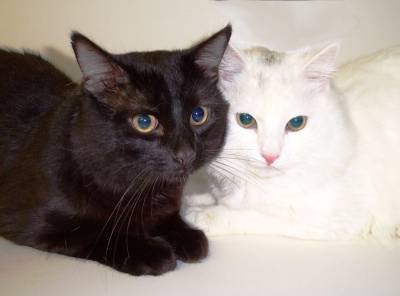Which has better cost performance as a cat VS panel heater or heating?

The normal temperature of the cat is 38 to 39°C, which maintains a slightly higher basal body temperature than humans. Therefore, if you touch or hold the cat, you will feel a little warmth. OneRoof, a site that deals with news related to properties, is verifying the 'performance as a heating' of cats in comparison with panel heaters for indoor heating.
Cat v panel heater: Which is better?, All things property, under OneRoof
According to OneRoof, the heat output of a cat weighing 3 kg is 14.8 watts, or 129.65 kilowatt hours. 'These numbers are important in the design and construction of energy efficient homes, as the heat output from random things like cats can lead to overheating,' says OneRoof.
According to OneRoof, cooling and heating loads of less than 15 kilowatt hours per square meter are one of the conditions to be certified as a ' passive house ' energy-saving house that meets the performance standards specified by the Passive House Research Institute in Germany. That.
Assuming a house of 150 square meters, one year's heating and cooling load is 15 x 150 = 2250 kilowatt hours. Since one cat is 129.65 kilowatt hours, 2250 ÷ 129.65 = about 17.35 cats are needed to meet the energy demand. In other words, in order for cats to meet the requirements for energy-saving housing, it is necessary to raise at least 18 cats in a 150m2 living space.

If the cat's feeding cost is 250 dollars a year (about 26,000 yen), the running cost of cat heating will be 4500 dollars a year (about 470,000 yen). Considering that the gas type panel heater costs about 475 dollars (about 50,000 yen) a year and the electric panel heater costs about 675 dollars (about 70,000 yen) a year, the cat heating will be worse in cost performance ..
However, OneRoof pointed out that the installation cost is cheaper for cats than for electric or gas panel heaters. In addition, the calculation is based on average data only, and the actual cooling and heating load changes greatly depending on the environment, so more cats are needed in cold regions, and cats in calm regions. It is important to note that it can be small.

OneRoof said, 'Of course, on hot days, you can get your cat out, but if you keep feeding, it's a waste of resources. Since cats can't be used for cooling, they don't like other lizards or other cold-blooded animals. You will also need to install a cooling system.'
Related Posts:







